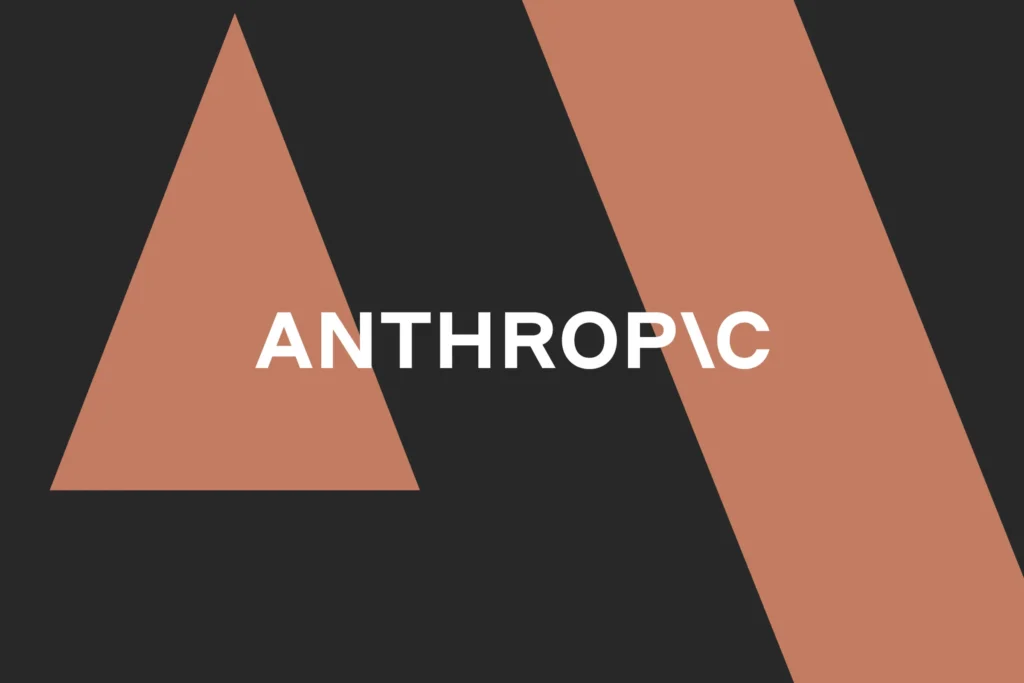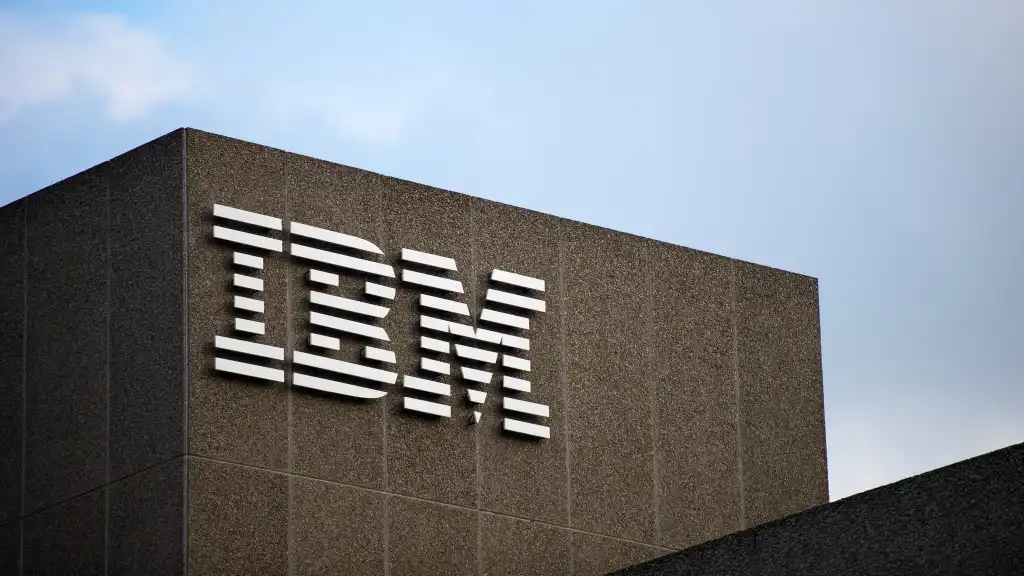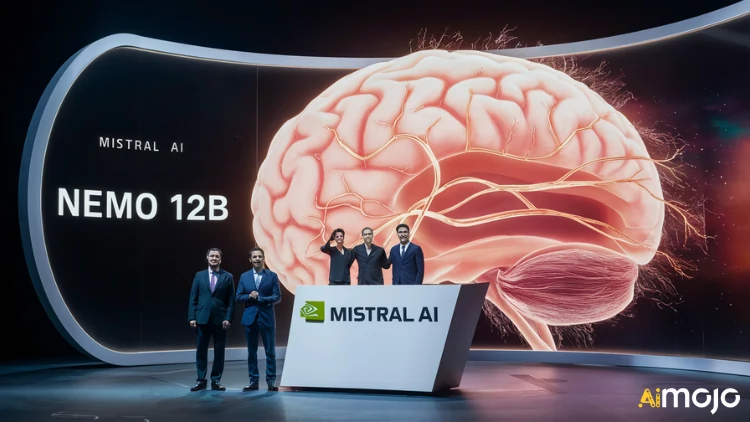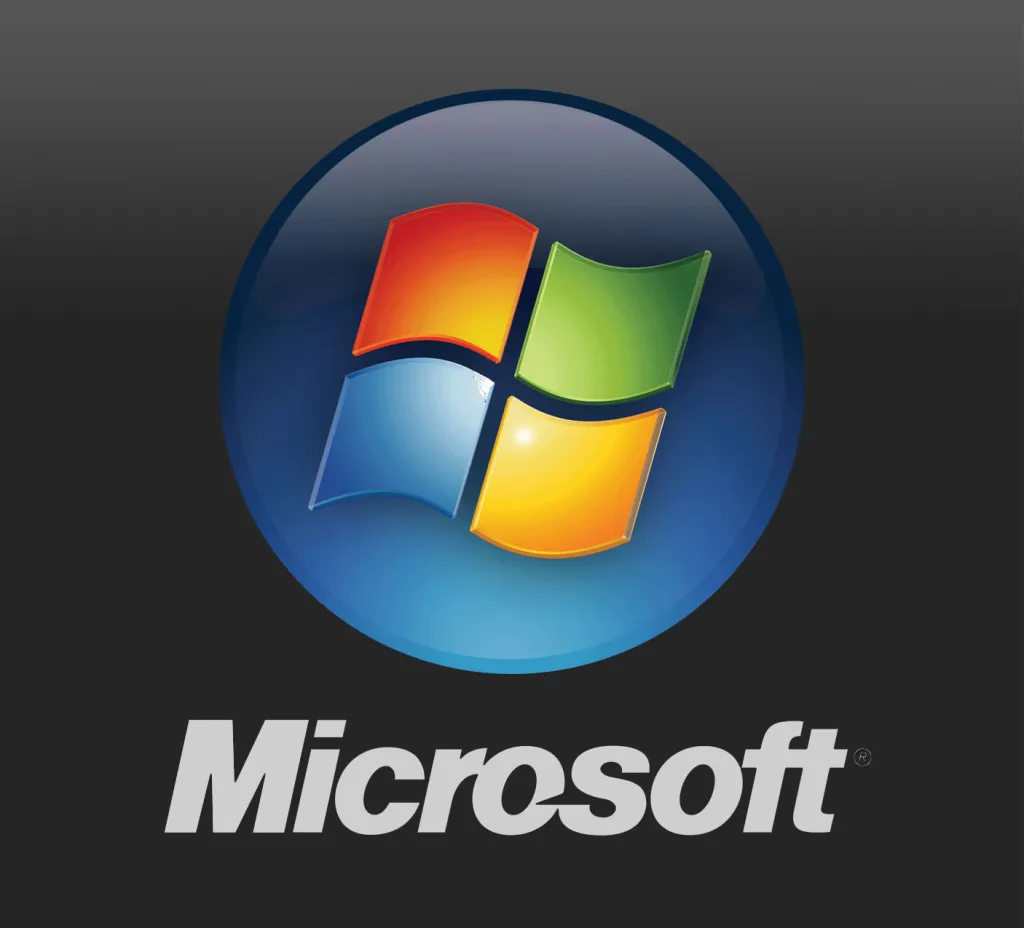Anthropic has announced one of the most ambitious infrastructure expansions in the AI industry to date — a multi-billion-dollar deal with Google Cloud to deploy up to one million Tensor Processing Units (TPUs). The move signals a major strategic realignment in how foundation model providers approach compute diversification and enterprise scalability.
Scaling for the Next Phase of Enterprise AI
The scale of this expansion is staggering: over a gigawatt of TPU capacity is expected to come online in 2026. It’s among the largest commitments to AI accelerators ever made and reflects how rapidly enterprise adoption of Anthropic’s Claude models has accelerated.
The company now serves more than 300,000 business customers, with large enterprise accounts — those spending over $100,000 annually — growing nearly sevenfold in just a year. This growth suggests Claude has moved beyond the experimental stage, becoming a core tool in production-grade workflows across industries.
For these enterprises, reliability, performance consistency, and infrastructure efficiency have become as crucial as raw model capability.
Anthropic’s Multi-Cloud Strategy
What sets this deal apart from standard vendor partnerships is Anthropic’s deliberate embrace of a multi-cloud, multi-chip ecosystem. The company currently operates across Google’s TPUs, Amazon’s Trainium, and NVIDIA’s GPUs — each chosen for specific workloads.
According to Anthropic CFO Krishna Rao, Amazon remains the primary training partner and cloud provider, with the firm continuing development on “Project Rainier,” a vast compute cluster that spans hundreds of thousands of AI chips in U.S. data centers.
This diversified architecture underscores a key truth for enterprise AI teams: no single cloud provider or chip platform can handle every AI workload efficiently. Training massive models, fine-tuning domain-specific ones, running inference at scale, and conducting alignment research all demand different hardware optimizations, cost models, and latency tolerances.
For CTOs and CIOs, Anthropic’s approach is a reminder that vendor lock-in at the infrastructure layer poses growing strategic risk as AI workloads mature.
Economics of Compute: Why TPUs Matter
Google Cloud CEO Thomas Kurian attributed Anthropic’s expanded TPU investment to superior “price-performance and efficiency” demonstrated in past deployments. While benchmark details remain private, TPUs are known for their throughput and energy advantages when handling the tensor-heavy operations that drive deep learning.
The mention of “over a gigawatt of capacity” also highlights how energy efficiency has become a defining constraint in AI scaling. Cooling and power management now represent a significant share of total AI infrastructure costs — a reality that enterprises managing on-prem or hybrid AI infrastructure can’t ignore.
Google’s latest TPU generation, codenamed Ironwood, continues a decade-long refinement of purpose-built AI accelerators. With proven reliability, supply chain maturity, and deep integration into Google’s ML tooling, TPUs give Anthropic a dependable backbone for global expansion — something newer chip startups have yet to match.
What This Means for Enterprise AI Strategy
Anthropic’s move carries several key lessons for enterprise technology leaders planning long-term AI infrastructure investments:
1. Capacity and continuity planning
Massive compute commitments like this highlight the capital intensity of AI at production scale. Enterprises depending on foundation model APIs should review their providers’ infrastructure roadmaps to ensure capacity resilience during demand surges or geopolitical disruptions.
2. Responsible AI testing at scale
Anthropic has tied this expansion directly to its alignment and safety research — ensuring its models undergo extensive validation before deployment. For regulated industries like finance, healthcare, or defense, this emphasis on safety infrastructure should factor heavily into vendor selection and compliance evaluations.
3. Multi-cloud integration readiness
Even as Anthropic deepens its relationship with Google, it continues to operate across AWS and NVIDIA ecosystems. Enterprises using multi-platform orchestration layers like Bedrock or Azure AI Foundry should track how these infrastructure choices affect model latency, regional compliance, and performance consistency.
4. Competitive and cost implications
Anthropic’s aggressive scaling occurs amid rising competition from OpenAI, Meta, and Cohere — each racing to expand compute capacity. For enterprise buyers, this translates into faster model upgrades, but also the need for careful vendor diversification and cost forecasting.
The Broader Shift in AI Infrastructure Economics
As enterprises shift from pilot projects to production-scale AI, the economics of compute — not just model capability — are defining competitive advantage. Anthropic’s multi-platform diversification suggests that the industry has not yet converged on a single optimal architecture.
For now, the best strategy for enterprise technology leaders may be to remain adaptable — building infrastructure and procurement policies that allow flexibility across providers as performance, efficiency, and cost curves evolve.
Anthropic’s billion-dollar TPU expansion isn’t just a hardware deal. It’s a signal of where the enterprise AI arms race is heading: toward diversified, energy-aware, and safety-focused architectures designed for real-world, production-grade deployment.








